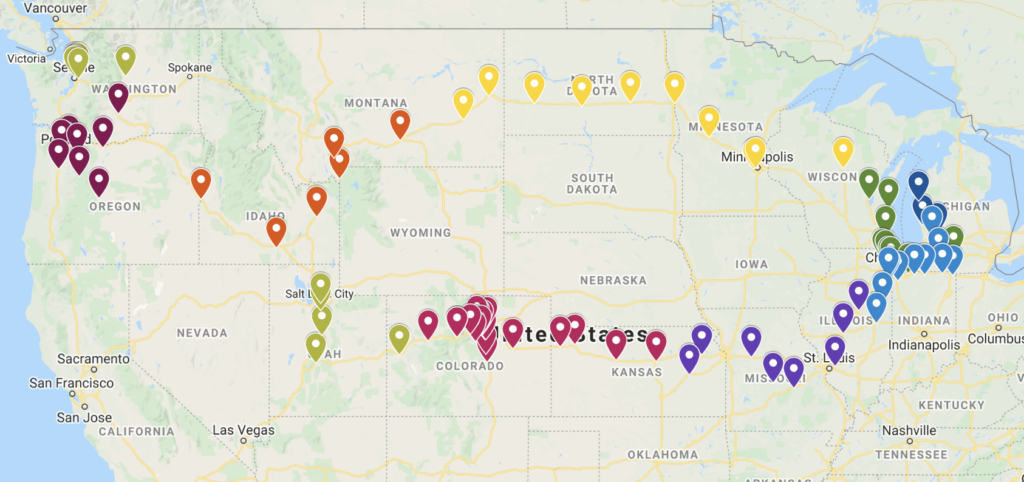Ivanpah, the largest Concentrated Solar Power plant in the USA has announced they are closing in early 2026. That followed PG&E announcing they plan to terminate their Ivanpah PPA contracts. The reasoning is simple: the PPA price from Ivanpah is estimated at $0.135/kWh. The PPA price on building a new solar PV plant is about $0.05. Ivanpah finds itself in a similar position as existing coal and nuclear power plants, where continuing to operate them is decreasingly economic.
The demise of Ivanpah is a harbinger for the remaining CSP plants. The first seven phases of SEGS were decommissioned by 2021 and replaced with PV, leaving 2 CSP phases remaining. Crescent Dunes went bankrupt in 2019, was reopened in 2021, and now discharges only at night.
The history of CSP builds in the USA is short:
| Built | Operating | Capacity | Storage MWh | Capacity Factor | |
| Solar One | 1981 | 1982-1986 | 7 MW | 0 | |
| SEGS | 1983-1990 | 1984-2021 | 160 MW | 0 | 19% |
| Solar Two | 1995 | 1995-1999 | 10 MW | 0 | |
| Nevada Solar One | 2006 | 2007- | 72 MW | 0 | 18% |
| Ivanpah | 2010 | 2014-2026 | 377 MW | 0 | 24% |
| Genesis | 2010 | 2014- | 250 MW | 0 | 28% |
| Solana | 2010 | 2013- | 250 MW | 1,500 | 34% |
| Mojave | 2011 | 2014- | 250 MW | 0 | 26% |
| Crescent Dunes | 2011 | 2016-2019 2021- | 110 MW | 1,100 | 20% |
There’s a few fun facts to notice in the table:
- Our CSP plants were all built before 2011.
- Only Solana and Crescent Dunes are paired with storage.
- The capacity factor of CSP, ranging from 18-34% is comparable (not better) than PV solar.
The thing that changed around 2010 that caused the death of new CSP plants was Swanson’s Law. Swanson’s law is the observation that the price of solar photovoltaic modules tends to drop 20 percent for every doubling of cumulative shipped volume. By 2010, the cost to deploy new PV versus new CSP had tipped firmly towards PV:

By 2020, the cost to deploy utility scale CSP was 5 times higher than PV, which nearly guarantees no more CSP will be built. To remain competitive, existing CSP plants need an edge in the marketplace. Solana and Crescent Dunes have storage, so they can sell their electrons at night when the cheaper solar PV is offline. Solana is further East in Arizona where it sells exclusively to APS where they’re still competitive. From out here in the cheap seats, it’s hard to see a long runway for Genesis, Mojave, SEGS 8&9, and NSO.
Nevada Solar One is an interesting case. They have a 20-year PPA that started in 2007 and so expires in 2027. From the NREL project page, their 2023 LCOE of $0.20/kWh isn’t very competitive, especially against their PPA sell price of $0.14. Using their production numbers I was able to calculate their total project revenue of $313M. That repays the $266M in construction costs but will fall short of also covering all their operating costs. I’ve read they have a 40-year lease on the land. The smart money is to raze the site and deploy PV–which has a much lower LCOE, doesn’t consume natural gas, and isn’t a water pig.



You must be logged in to post a comment.